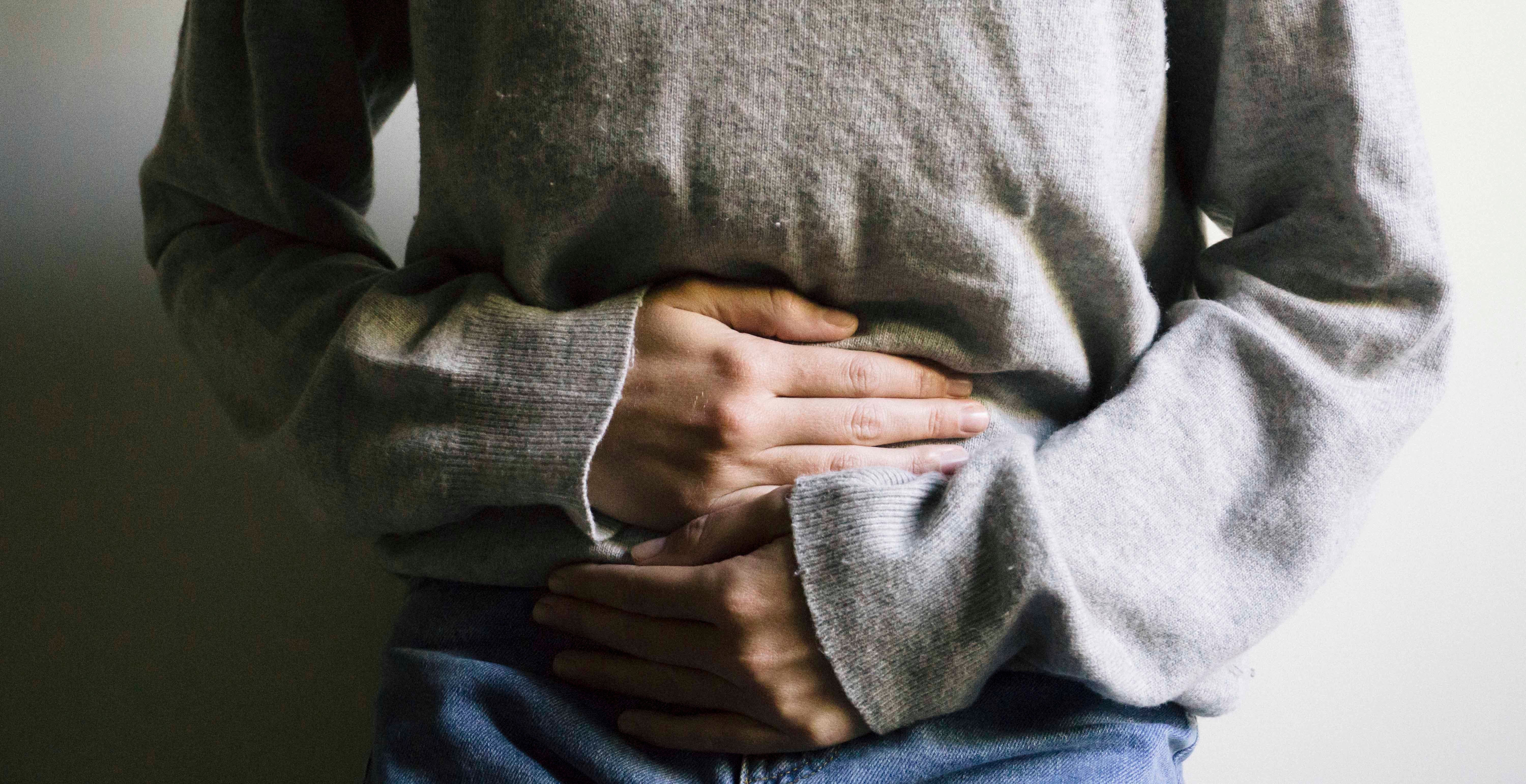

The microbiome – yes it’s a real thing and not just a trendy buzzword used to sell yogurt. But … what is it?
Simply put, the microbiome is made up of “microbes that are both helpful and potentially harmful” to the body, according to the Harvard T.H. Chan School of Public Health.
Those microbes are also known as microorganisms and microbiota – they all mean the same thing: bacteria, fungi, parasites, and viruses that exist naturally in our bodies. There are trillions of them – yes trillions, according to Harvard – and thousands of different species. We all have them, and we all have a unique combination of them, which is determined by our DNA. Basically, these are the good bugs that you want to have.
“In a healthy person, these ‘bugs’ coexist peacefully, with the largest numbers found in the small and large intestines but also throughout the body,” Harvard says. “The microbiome is even labelled a supporting organ because it plays so many key roles in promoting the smooth daily operations of the human body.”
A 2012 study called Defining the Human Microbiome breaks down the definition a little more, saying, “The human microbiota consists of the 10-100 trillion symbiotic microbial cells harboured by each person, primarily bacteria in the gut; the human microbiome consists of the genes these cells harbour.”
So how does the microbiome relate to our health?
Our microbiota play a crucial role in digesting our food and helping our bodies function. According to Harvard, they stimulate the immune system, break down food compounds that might be toxic, and synthesize some vitamins and amino acids, such as vitamin B12, and vitamin K.
What we eat affects our microbiota – for better and for worse – too. “A high-fibre diet in particular affects the type and amount of microbiota in the intestines,” according to Harvard.
Dr. Amy Reichelt, a neuroscientist and researcher at the University of Western Ontario, and Dr. Sarah McKay, of Your Brain Health, wrote about the connection between diet and the microbiome in a post for McKay’s blog.
“The gut microbiome responds to its surrounding environment including to the foods we eat. Healthy versus unhealthy diets have a profound effect on the microbiome including which species dominate,” they write.
“For example, eating an unhealthy diet full of sugar and saturated fat alters the balance between ‘good’ Bactereoides and ‘bad’ Firmicutes bacterial species. Firmicutes are needed to digest fats, and eating a high-fat diet encourages their population to increase, leading in turn to weight gain. Bactereoides digest soluble fibre, so people who consume fibre-rich diets have more Bactereoides than Firmicutes.”
They explain we can make our “gut environment” more hospitable to the microbiota we want and need by eating probiotic and prebiotic foods – this is where the yogurt comes in.
Probiotics, they explain, are foods or dietary supplements that contain microbes that are good for the gut – stuff such as Lactobacillus and Bifidobacterium. These microbes are found in yogurt and fermented foods like kimchi, kombucha, and sauerkraut.
Prebiotics, on the other hand, according to Reichelt and McKay, are basically foods that help those good gut bacteria grow. These include bananas, broccoli, flaxseeds, legumes, kale, onions, spinach, and wheat.
Fibre is also a friend to the microbiome. According to Harvard, “In general, fruits, vegetables, beans, and whole grains like wheat, oats, and barley are all good sources of prebiotic fibres.”
Reichelt and McKay conclude, “A healthy gut microbiota is crucial for proper metabolic function and homoeostasis. It’s a win-win for us and our microbes – in exchange for living and proliferating in the gut, they keep us healthy.”
